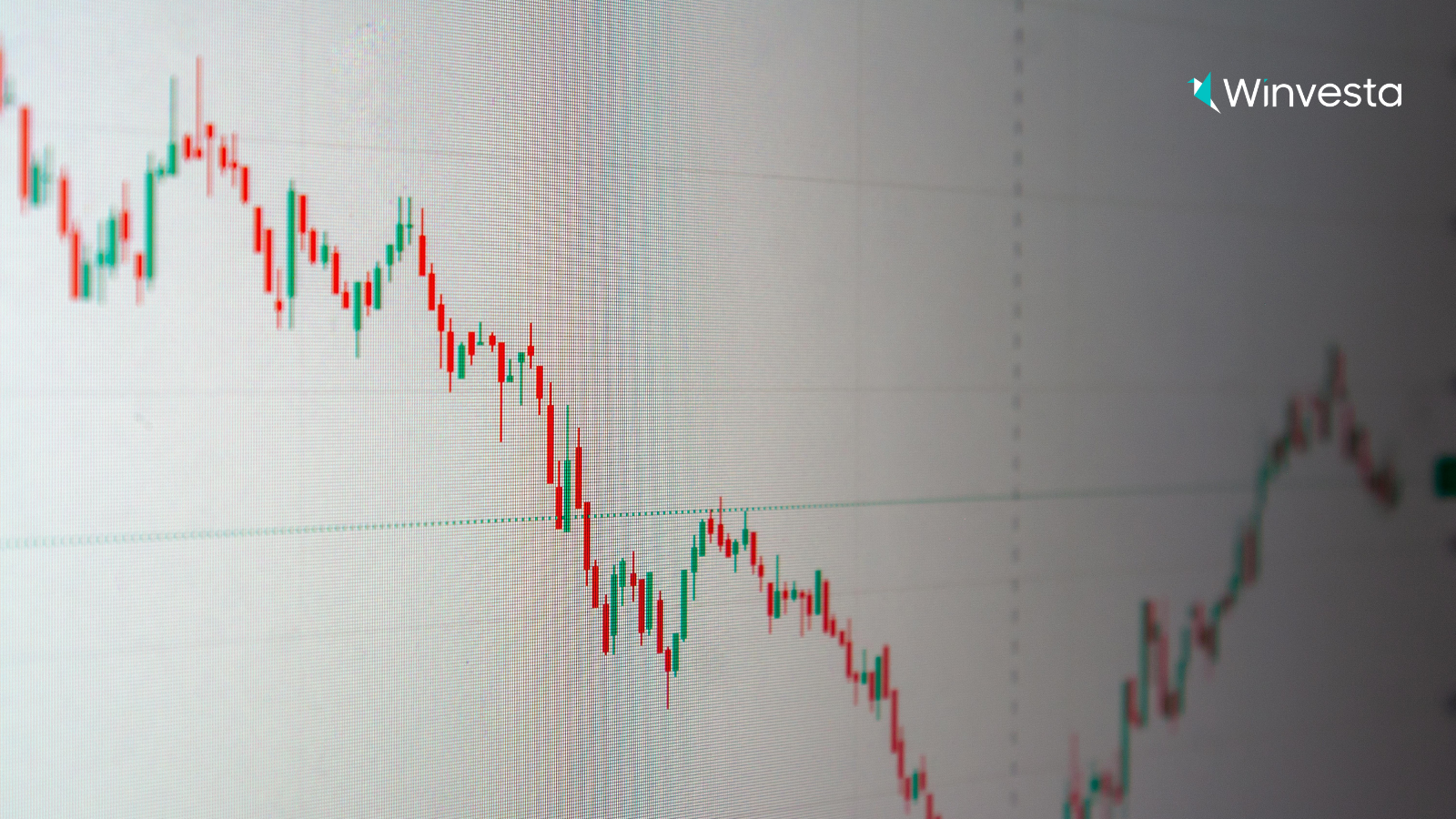Contents
What is a Good Faith Violation when trading in US stocks?
3 minutes read
06 March 2025

There are three types of potential violations that can occur while trading in the US stock market with your cash brokerage account (without a margin). They are – good faith violation, free riding violation, and cash liquidation violation. Understanding these is crucial for investing for beginners.
A cash account needs you to pay for all the security purchases in full by the settlement date. In this article, we will learn what good faith violations are, the implications of the same, and how we can avoid them.
When is the settlement date for US stocks?
Settlement date is when a trade settles, which means the day when the actual transfer of cash and assets is completed.
For example, you purchase 1000 shares of XYZ company on Monday for $1000. To pay for the trade, you must have $1000 cash available in your account by the settlement date. For most securities, the settlement date is the Trade Date plus two working days, i.e., T+1. Simply put, if you purchase a stock on Monday, your settlement date would be Wednesday.
What is a Good Faith Violation?
A good faith violation (GFV) occurs if you purchase a stock and sell it before the funds that you used to buy it have settled. It’s called ‘good faith violation’ because there was no effort in ‘good faith’ to add necessary funds in the account before the settlement date. For those new to investing, it's important to choose the best trading platform that helps you track your trades and avoid violations.
This can be a little confusing to understand, so let’s elaborate this with a few scenarios:
Scenario 1:
Dhruv has a cash trading account with currently no money in it.
- Cash available for trade – $0.00
- On Monday, Dhruv sells his TSLA stock for $10,000. This cash is expected to settle on Tuesday (T+1)
- On the same day (Monday), he purchases AAPL stock for $10,000
There is no violation till now. Dhruv can use the unsettled funds to buy other securities in the cash account.
However, if Dhruv sells the AAPL stock before Tuesday (T+1 settlement date for TSLA stock), that transaction will be seen as a GFV because the AAPL stock was sold before his account had the funds to fully pay for the purchase.
Scenario 2
Sudha has a US brokerage account with $1500 cash in it, fully settled.
- Cash available for trade – $1500
- On Monday, Sudha purchases $1500 of NFLX stock
- On Monday afternoon, she sells the NFLX stock for $1600. The funds from the sale are expected to settle on Wednesday.
Now, this is not a ‘good faith violation’ as her account was fully funded to pay for the purchase of NFLX stock. However,
- During the closing hours on Monday, Sudha purchases $1600 of NFLX stock again
- The next day, she sells her entire holding of NFLX stock and, thus, suffers a GFV.
The Tuesday trade is a violation as Sudha sold NFLX stock before the settlement of funds from the previous purchase of NFLX stock on Monday.
Scenario 3
Ravi has a US brokerage account with $800 cash in it, fully settled.
- Cash available for trade – $800
- On Tuesday, Ravi purchases $500 of FB stock. Cash available for trading: $300
- On Tuesday afternoon, he sells the FB stock for $490. The funds from the sale are expected to settle on Thursday.
- On Tuesday, before the market close, he buys 3 shares of FDX for $600.
This is not a ‘good faith violation’ yet, as his account had the buying power of $790 ($300 cash + $490 expected proceeds from the sale of FB stock) to pay for the purchase of FDX stock. However,
- The next day, he sells the entire holding of FDX stock and, thus, suffers a GFV.
In this example, Ravi had $300 cash available to fund part of his purchase (1.5 shares). If on Tuesday, he would have sold only 1.5 shares of FDX, there would have been no GFV.

Ready to own a piece of the world’s biggest brands?
- Invest in 4,000+ US stocks & ETFs
- Fractional investing
- Zero account opening fees
- Secure and seamless
Start investing in just 2 minutes!

Build your global portfolio.
.png)
Invest in companies you love, like Apple and Tesla.

Track, manage, and grow your investments.
What happens when you incur Good Faith Violation?
If you earn three good faith violations in a 12 month period, your brokerage firm will restrict the cash account for 90 days. It means you will only be able to purchase stocks if you have fully settled cash in the account before placing a trade.
How to avoid Good Faith Violation?
The best way to avoid good faith violations is to ensure that you are only buying stocks with fully settled funds. Alternatively, be careful if you are selling a stock within two days of buying it, and make sure you had enough funds in the account to fund the initial purchase.
We have also compiled this video guide to help you learn more about Good Faith Violations. Understanding good faith violations is just one aspect of successful investing. As you continue your journey in stocks and stock trading, Remember to always stay informed about market rules and best practices.
Frequently asked questions about Good Faith Violation

A good faith violation happens when you buy a stock using unsettled funds and sell it before those funds settle.
Third violation (within 12 months): A 90-day restriction, meaning you can only buy stocks with fully settled cash.
- Trade with settled funds only.
- Follow the T+1 settlement rule—wait at least one full trading day before selling a newly bought stock.
- Track settlement dates carefully.
Use a margin account (if eligible) to avoid cash settlement issues. - Set up alerts to monitor settlement status and available balances.

Contributed by Denila Lobo
Denila is a content writer at Winvesta. She crafts clear, concise content on international payments, helping freelancers and businesses easily navigate global financial solutions.



